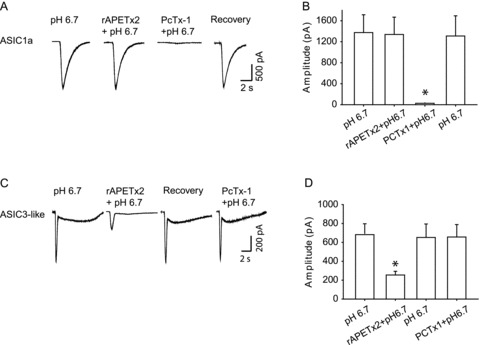Figure 2. Effects of blocking ASIC1a and ASIC3 homomeric channels on acid-evoked currents in DRG neurons innervating the hindlimb muscles.

Toxins PcTx1 and rAPETx2 were used as specific antagonists to ASIC1a and to ASIC3, respectively. A, original traces of ASIC1a currents response to pH 6.7 with prior application of rAPETx2 and PcTx1. B, averaged data showing peak amplitudes of ASIC1a currents. Toxin PcTx1 (20 nm) significantly inhibited current responses induced by pH 6.7 in DRG neurons exhibiting ASIC1a currents. *P < 0.05 vs. pH 6.7 alone. However, rAPETx2 had no significant effects on this type of current in DiI- labelled neurons. C, typical ASIC3-like current response to pH 6.7 with prior exposure to rAPETx2 and PcTx1. D, averaged data showing that a prior application of rAPETx2 (1 μm) significantly attenuated peak amplitudes of currents evoked by pH 6.7 in DRG neurons that displayed ASIC3-like currents. PcTx1 had negligible effects on this type of currents. *P < 0.05 vs. pH 6.7 alone. Note that the inhibitory effects of PcTx1 on ASIC1a currents and rAPETx2 on ASIC3-like currents were both reversible.
